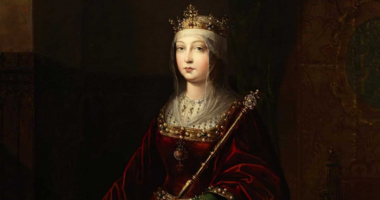Top 8 Interesting Facts about Christopher Wren
It seemed logical that the young Christopher would become interested in mathematics because he also grew up around intellectuals, a topic that many pupils ... read more...struggle with. In addition to being an architect and an astronomer, he was also a designer and a geometer, making him a "Jack of All Trades and Master of All." We're going to examine a few interesting facts about Christopher Wren, who gained notoriety as a gifted architect when he created the Sheldonian Theatre.
-
The lone surviving son of Christopher Wren the Elder (1589–1658) and Mary Cox, the only child of Wiltshire squire Robert Cox of Fonthill Bishop, Wren was born in East Knoyle, Wiltshire. At the time, Christopher Sr. served as the rector of East Knoyle and, afterward, as the dean of Windsor. All three of their children were born when they were residing at East Knoyle; Mary, Catherine, and Susan were all born before the year 1628. However, several other infants who were born also perished within a few weeks of their birth. Their second daughter, Elizabeth, was born two years after the birth of their son, Christopher, in 1632. Although there doesn't seem to be a record left of the time, Mary must have passed away very soon after Elizabeth was born. The family did, however, experience financial success via Mary Cox since, as the sole heir, she received her father's wealth.
Wren "seemed consumptive" as a child. Despite being a sickly youngster, he would live to a ripe old age. His father and a private tutor tutored him at home in the beginning. Although his family spent a portion of each year at Windsor when his father was appointed by the monarch to the position of Dean in March 1635, nothing is known about Wren's time there. The Rev. William Shepherd, a local priest, taught him there for his first eight years of schooling.
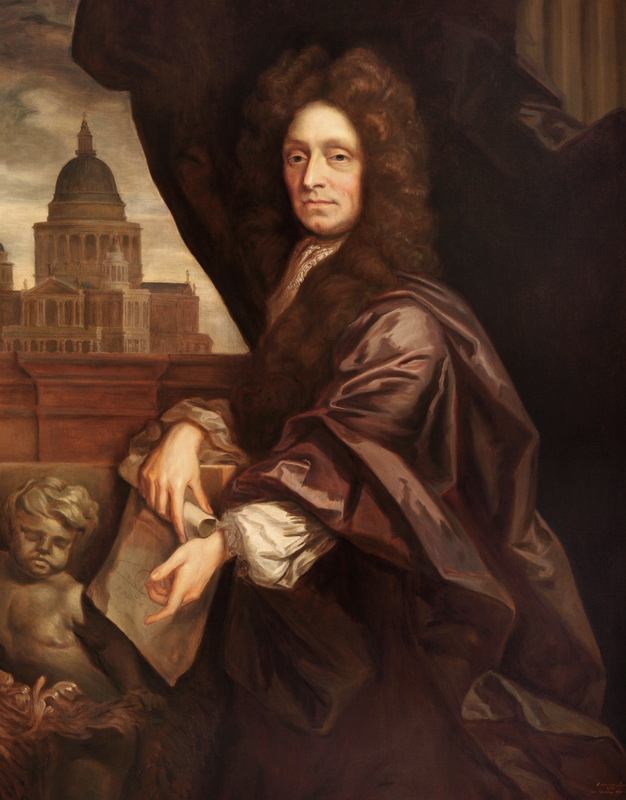
www.istockphoto.com 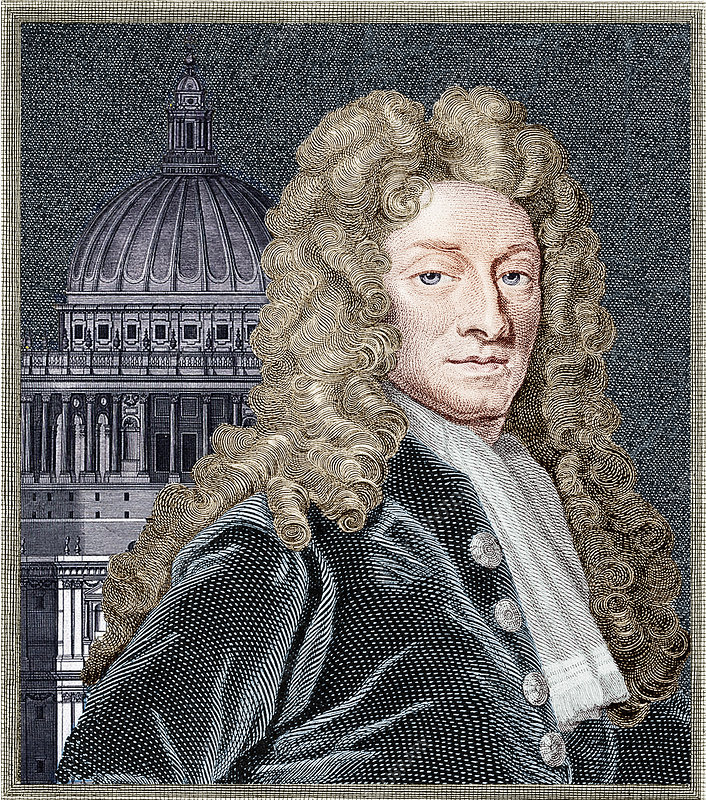
www.istockphoto.com -
Wren enrolled in Wadham College, Oxford, on June 25, 1650, where he studied Latin and the writings of Aristotle. To think that he acquired modern-day scientific instruction is outdated. However, John Wilkins, the Warden of Wadham, and Wren were great friends. The Wilkins circle, which included several prominent mathematicians, artists, and experimental philosophers, was a group whose actions resulted in the establishment of the Royal Society. This relationship most likely had an impact on Wren's Oxford studies in science and math. He got his B.A. in 1651 and his M.A. two years later.
Following the awarding of his M.A. in 1653, Wren was chosen as a member of All Souls' College and started an intense time of study and experimentation at Oxford. These included many physiological tests on dogs, including one that is now known to be the first to inject fluids into the bloodstream of a living animal in a lab setting. When Wren was appointed Professor of Astronomy at Gresham College in London in 1657, his tenure as an All Souls fellow came to an end. He was given a set of accommodations, along with a salary, and was supposed to deliver weekly lectures in both Latin and English. Wren enthusiastically began this new task. Wren was chosen to be the Savilian Professor of Astronomy at Oxford in 1661, which is one of the interesting facts about Christopher Wren. Wren lived in Oxford from 1661 to 1668, although he had to go to London on occasion because he attended Royal Society meetings.
He kept running into the Oxford men he'd been talking to all the time. They attended his lectures in London and started official weekly meetings in 1660. The Royal Society, England's leading scientific organization, was to emerge from these gatherings. He probably had a significant impact on the formation of the Royal Society early on, with his broad knowledge of so many different fields facilitating the flow of ideas among the many scientists. Wren was not only a founding member of the Society, but he also served as its president from 1680 to 1682.
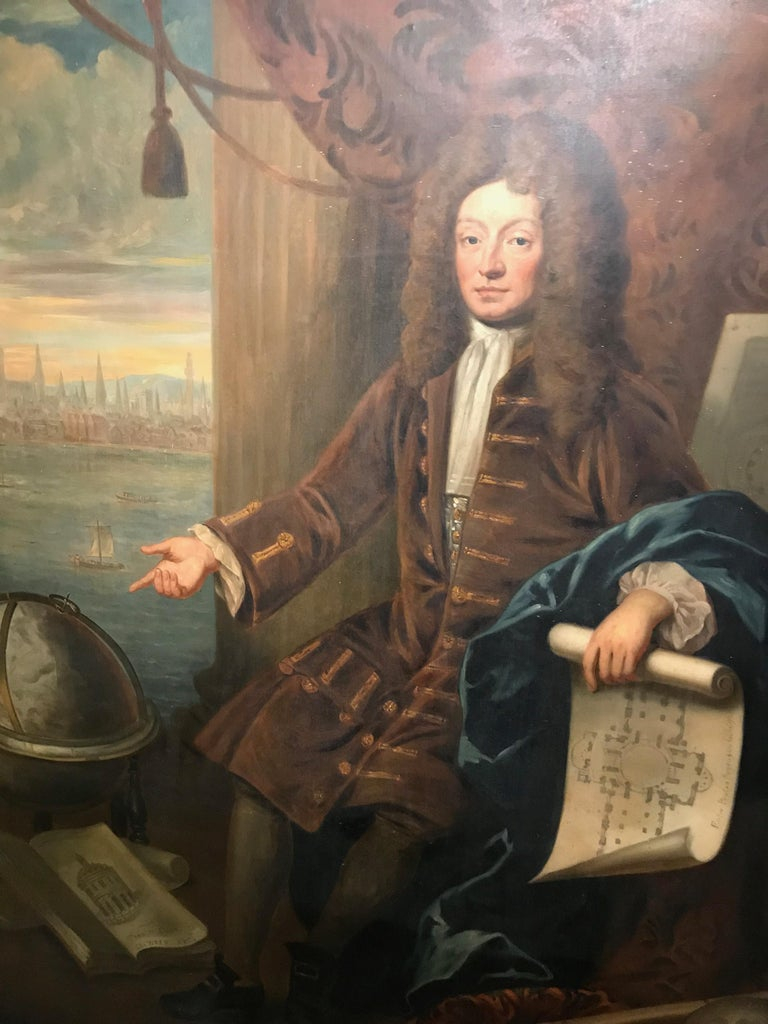
www.istockphoto.com 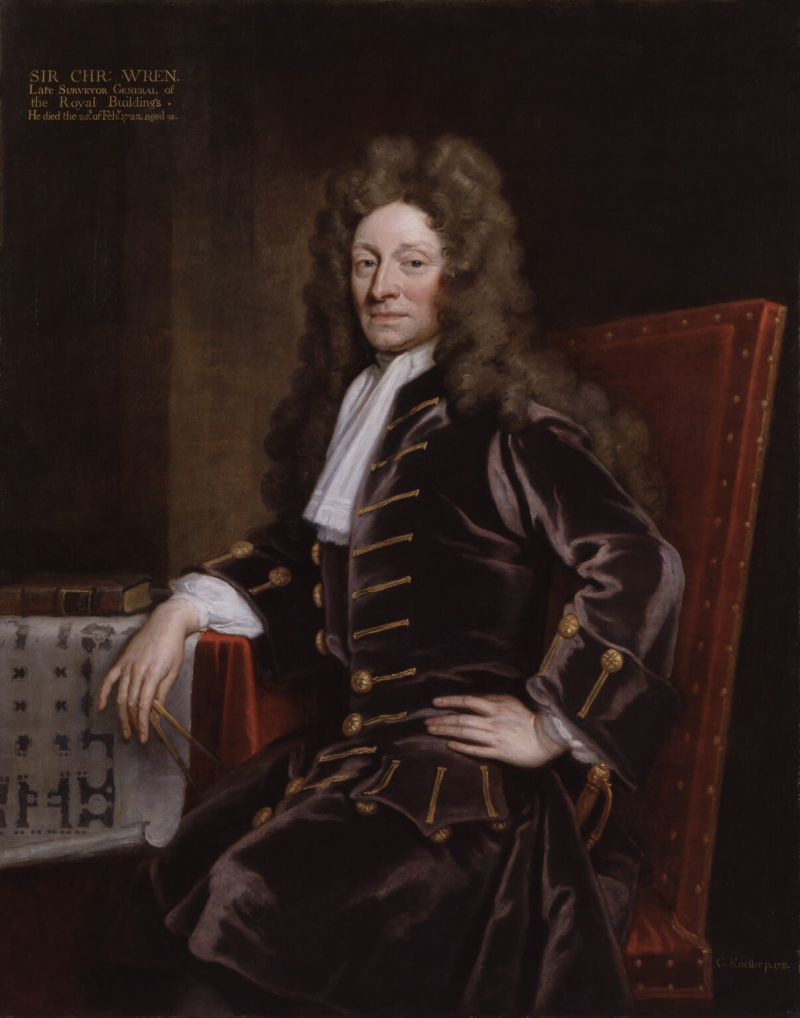
www.istockphoto.com -
One of the interesting facts about Christopher Wren is that he just began studying architecture at the age of 30. Wren received a great deal of acclaim and appreciation for his work on the Sheldonian Theatre in Oxford, and in 1665, he traveled to France to learn more about baroque design. He was so greatly impressed by the entire trip that it had a significant impact on his career as an architect in the future. Around this time, Sir Christopher Wren was possibly persuaded to remodel a damaged St. Paul's Cathedral. Wren visited Paris in 1665 and examined the city's architecture, which was at its most innovative. He also looked at Bernini's sketches, a brilliant Italian architect and artist who was also in Paris at the time. He created his first St. Paul's design after his return from Paris.
On the other hand, the Great Fire decimated two-thirds of the city a week later. Although they were never implemented, Wren presented King Charles II with his proposals for restoring the city. He participated in the overall restoration of the city after being appointed King's Surveyor of Works in 1669, although he was not personally involved in the reconstruction of homes or corporations' halls. The claim that each of the 51 churches Wren directly rebuilt embodied his own completely realized design is not necessarily accurate. Many thousands of homes were also damaged by the fire that originated in a bakery. After being appointed "Surveyor of Royal Works," Wren served in this position until 1718. More than 50 additional churches were created by him.
The most prominent Wren was built on the site where the Great Fire began, the Monument serves as a memorial. One of London's oldest structures, St Mary Le Bow, was destroyed in the Great Fire, but Wren restored it and added a taller tower. He was also given the task of designing various hospitals, including the Royal Chelsea, as well as several municipal palaces.
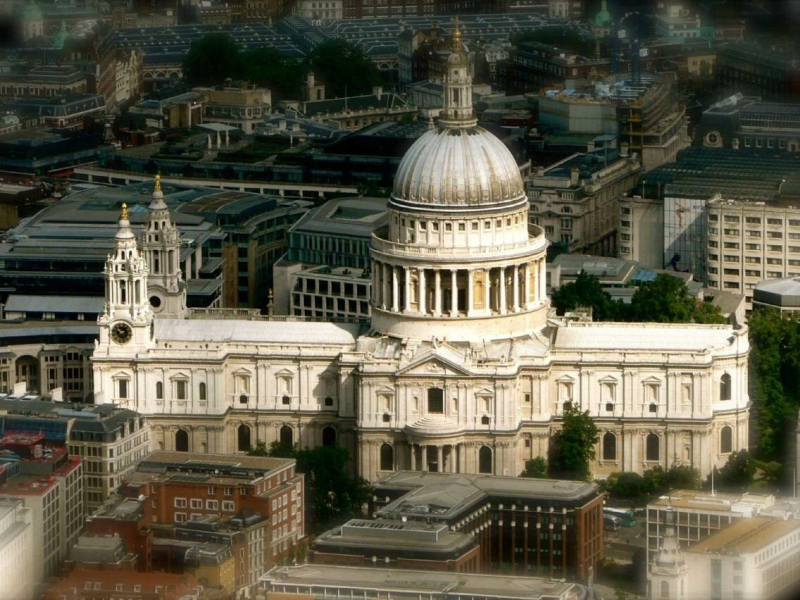
St. Paul's Cathedral - study.com 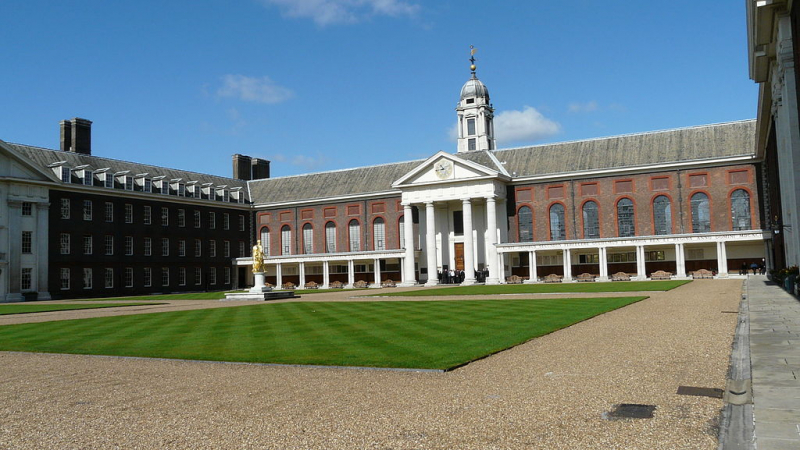
The Royal Chelsea - study.com -
A well-known fact about Christopher Wren is that he was knighted in November 1673 for his outstanding architectural creations and the significant contribution he made to reconstructing the city of London after the Great Fire. This honor was given to him after he departed from the Savilian chair in Oxford, at which point he had already started to establish himself as a notable architect by serving the Crown and helping to rebuild London following the Great Fire.
He also engaged in enough public affairs to be re-elected as a member of parliament four times. In 1667, Wren ran for office in a by-election for the Cambridge University constituency, where Sir Charles Wheler defeated him by six votes. In a by-election for the Oxford University constituency in 1674, he lost to Thomas Thynne and failed once again. In his third effort, Wren was successful, and from 1685 to 1687, he served as a member of the Loyal Parliament representing Plympton Erle. Wren was elected to represent New Windsor in the general election on January 11, 1689, but his election was invalidated on May 14, 1689. On 6 March 1690, he was chosen to serve as mayor of New Windsor, however, on 17 May 1690, this election was ruled invalid. At the general election in November 1701, he was chosen without opposition for Weymouth and Melcombe Regis more than ten years later. The following year's general election marked his retirement.
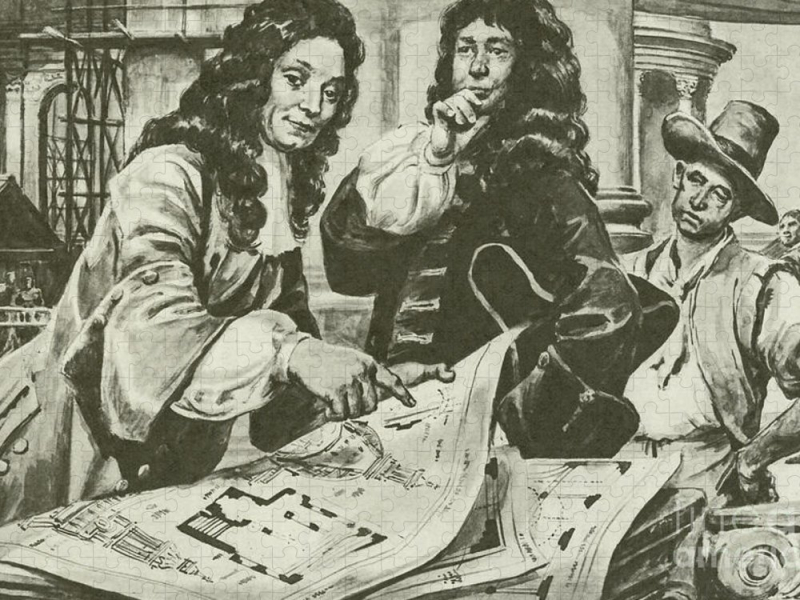
royalsocietypublishing.org 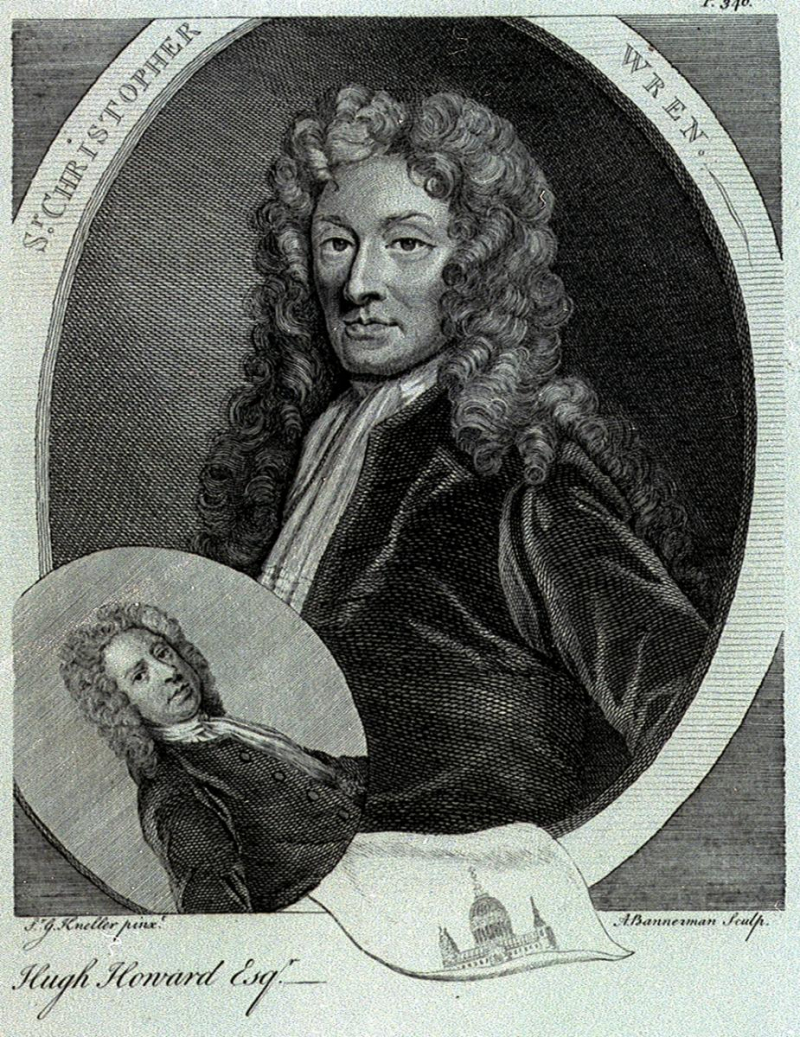
royalsocietypublishing.org -
He was a leading physicist in England and enrolled at Oxford University when he was just 14 years old. As an All Souls student, Wren built a transparent beehive for scientific study. He then started viewing the moon, which would eventually inspire him to create micrometers for telescopes. After being named a Savilian Professor at Oxford for a year, Wren joined the Royal Society as an active member. Wren did extensive research on mechanics as the Savilian Professor, particularly on elastic collisions and pendulum movements. The tipping bucket rain gauge was created by him in 1662, and in 1663 he created a "weather clock" that could measure temperature, humidity, rainfall, and barometric pressure. He also used his broad acumen in the study of meteorology. Robert Hooke finished a weather clock in 1679 that was based on Wren's design.
His invention of scientific instruments began at this time, and even Isaac Newton, an English astronomer, physicist, mathematician, and theologian, considered him a great geometer. It's possible that because of all the attention his work as an architect garnered, we don't hear much about Wren's incredible scientific accomplishments. Besides, Robert Hooke, a friend of Wren's, "Since the time of Archimedes, there seldom ever met in one man in so much perfection such a mechanical hand and so philosophical intellect."
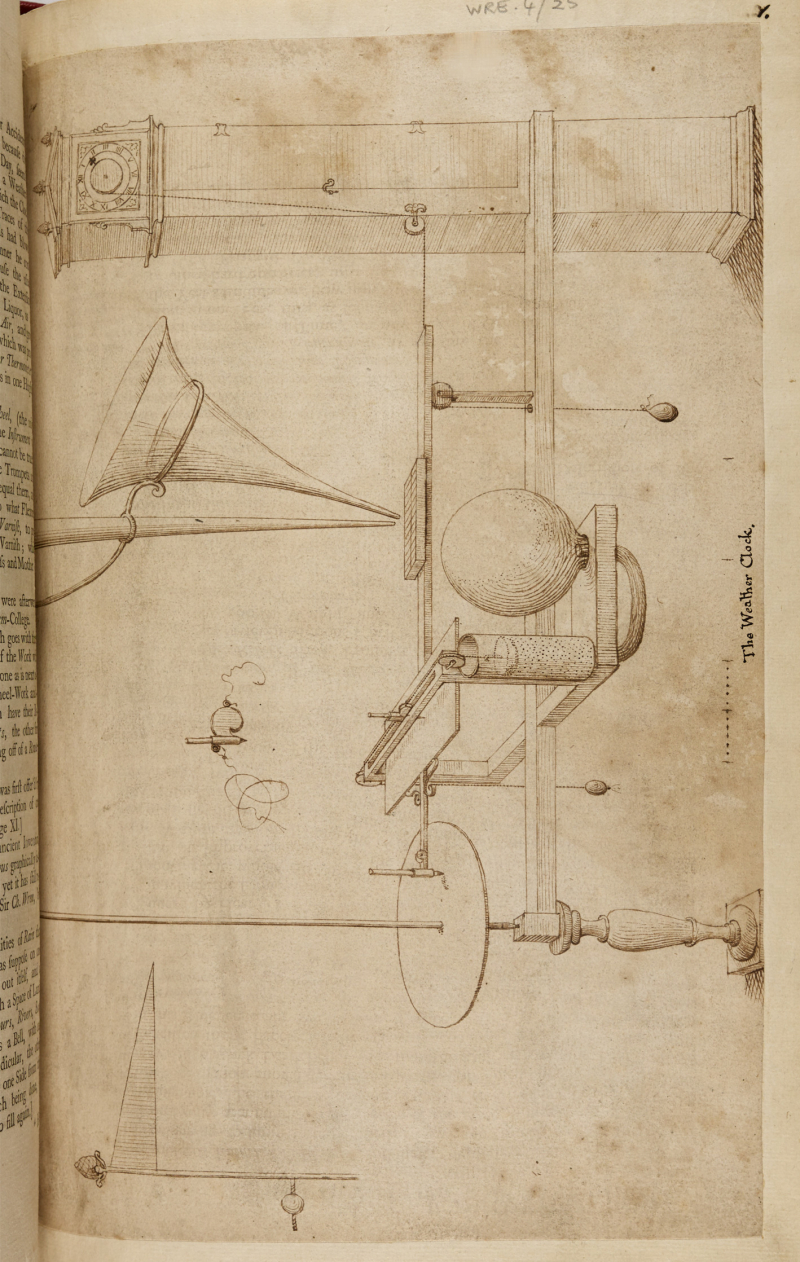
The tipping bucket rain gauge - www.sciencephoto.com 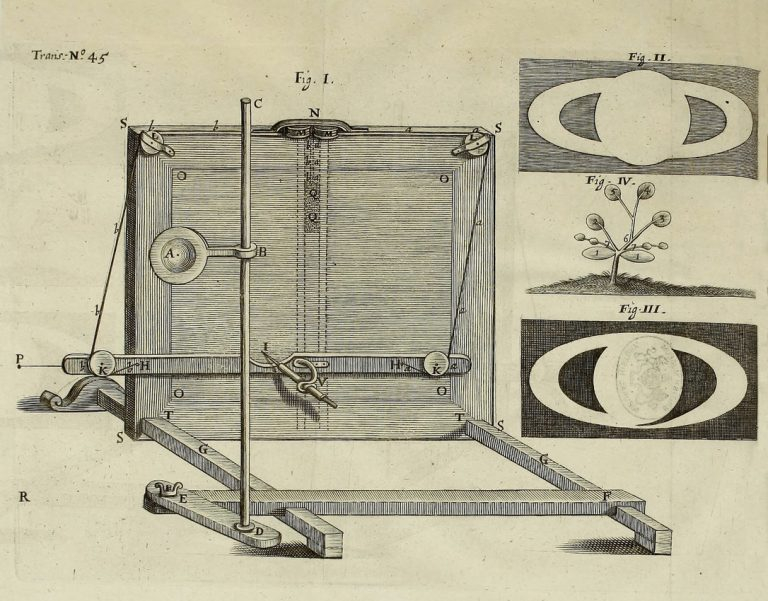
www.sciencephoto.com -
Christopher Wren began assisting a medical lecturer with his dissections when he was just 15 years old. Up to the Great Fire of London, he continued to practice medicine. He was also credited with being the first to administer medications through injection into the vein. Additionally, there is proof that Yale University neurosurgeon John Fulton contributed to improvements in brain surgery.
While attending Wadham College, he participated in medical research, performed the first successful injection of a chemical into the circulation, and conducted tests on terrestrial magnetism (of a dog). Wren also conducted experiments on how muscles functioned, speculating that the enlargement and contraction of muscles may result from a fermentative motion caused by the mixing of two heterogeneous fluids. Although inaccurate, at least it was based on observation, and it may herald a new perspective on medicine: specialization.
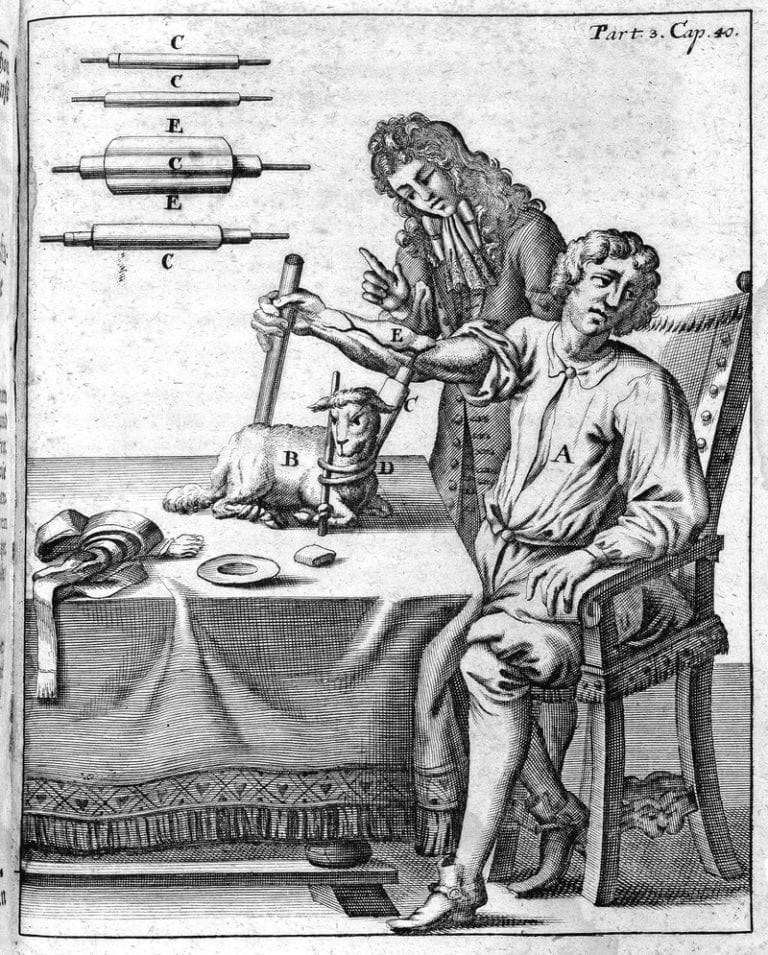
en.m.wikipedia.org 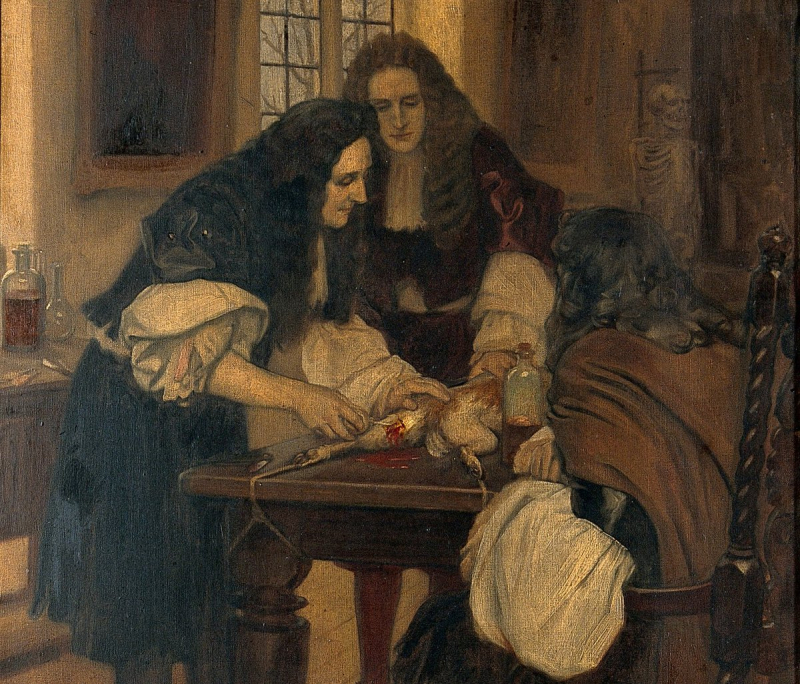
en.m.wikipedia.org -
Wren also contributed to the subject of optics and maths, which is one of the interesting facts about Christopher Wren. He discussed the grinding of conical lenses and mirrors and described an engine for perspective drawings. Another of Wren's significant mathematical findings that the hyperboloid of revolution is a governed surface came from this effort. In 1669, these findings were reported. Although his scientific interests appear to have diminished after the 1680s, Wren continued to engage with the Royal Society in the years that followed. His architectural and governmental responsibilities undoubtedly took up more of his time.
It was a challenge put up by Wren that ultimately influenced Newton's Principia Mathematica Philosophica Naturalis. According to Robert Hooke's theory, planets in space describe orbits around the Sun due to tangential inertial motion along a straight line and accelerated motion in that direction. Wren challenged Halley and Hooke to develop a mathematical theory that connected Kepler's laws with a particular force law in the context of Hooke's hypothesis in exchange for a book worth thirty pence. In response to Halley's request for guidance, Newton wrote a nine-page response "De Motu Corporum in Gyrum", which was subsequently enlarged into the Principia.
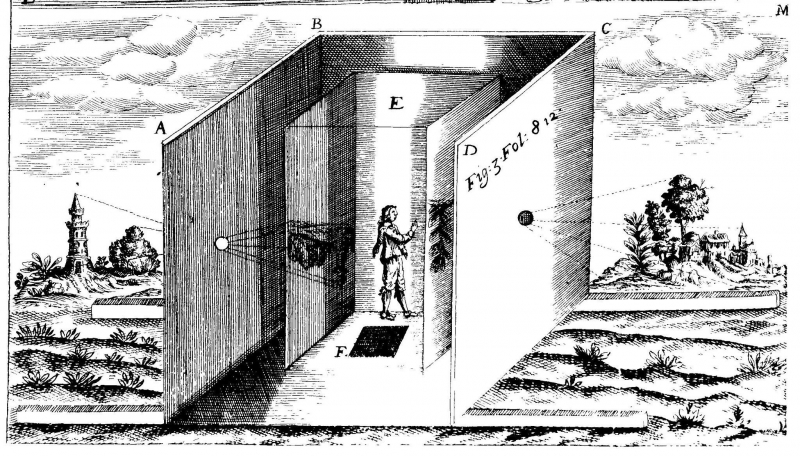
en.m.wikipedia.org 
en.m.wikipedia.org -
Wren spent his remaining five years in his residence at Hampton Court after retiring there in 1718 at the age of 86. He frequently traveled to London to make unannounced trips to St. Paul's to check on the status of "my greatest achievement." At the age of 90, he went to London on one of these journeys and came down with a chill that got worse over the next three days. Wren passed away on February 25, 1723, when a servant attempted to rouse him from his siesta.
On March 5, 1723, Wren was buried. His corpse was positioned in the southeast corner of St. Paul's crypt. Along with memorials for his daughter Jane, sister Susan Holder, and her husband William, he is remembered in the crypt of St. Paul's Cathedral. He has an intriguing inscription on his tombstone. Although it is written in Latin, it may be translated as "If you seek his remembrance, look about you."
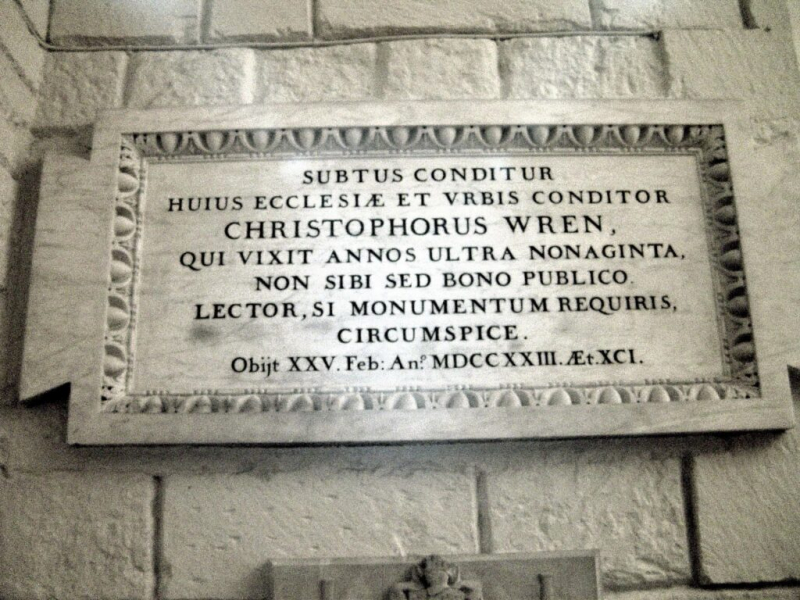
www.express.co.uk 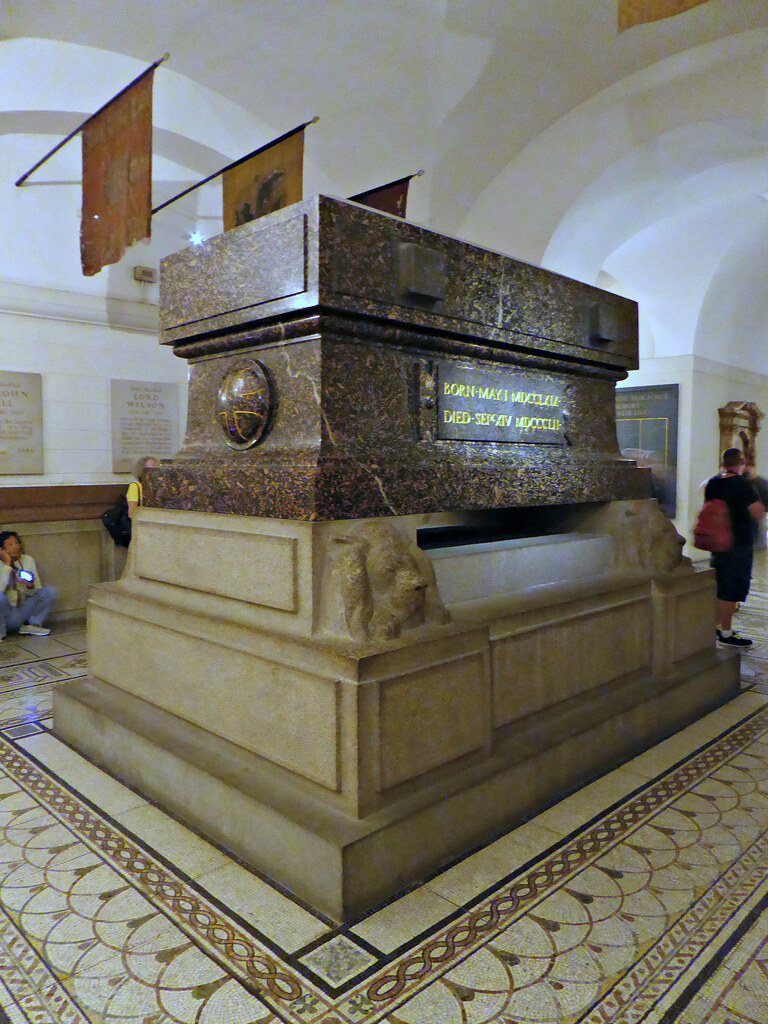
www.express.co.uk




























